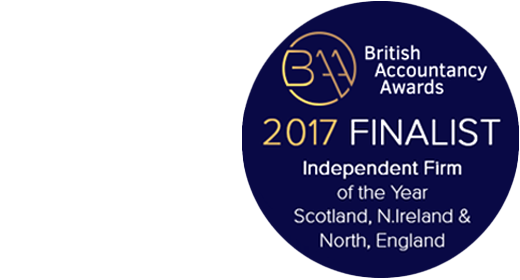
In order to grow and succeed, you need to effectively manage your finances and monitor the health of your business.
Previously, we looked at what management accounts are and how you can make the best use of them.
However, understanding how to read these is perhaps the most important part of all.
Profit and loss statement
When it comes to reading and understanding a profit and loss statement, there are multiple things to consider.
Not only will it provide you with a better grasp of your expenses, including salaries and benefits, but it is also a great way to examine your revenue, by recording any activity and income from sales.
Most profit and loss statements include a gross margin calculation. This shows you how much money your business has for operational purposes.
Additionally, you can compare your financial position from the current year to those that have passed, to determine whether profits are increasing or decreasing.
Balance sheet
Your balance sheet aims to summarise your assets, liabilities, and owners’ equity.
The data included in a balance sheet will typically be structured as Assets = Liabilities + Owners’ Equity.
By definition, an asset is anything owned by your business that holds value, whereas a liability is something that your business owes.
Lastly, owners’ equity is what’s left over after your liabilities are accounted for and deducted from your assets.
Cash flow statement
The cash flow statement is typically split into three parts.
Operating activities include revenue and expenses, referring to the cash flow that’s produced once your usual goods or services are delivered.
Investing activities consist of cash flow generated by buying or selling assets using free cash.
Thirdly, financing activities refer to cash flow that comes from both debt and equity financing.
For more information on management accounts and how to utilise them, keep an eye out for the next blog in our series.
Need advice? Contact our team today.

